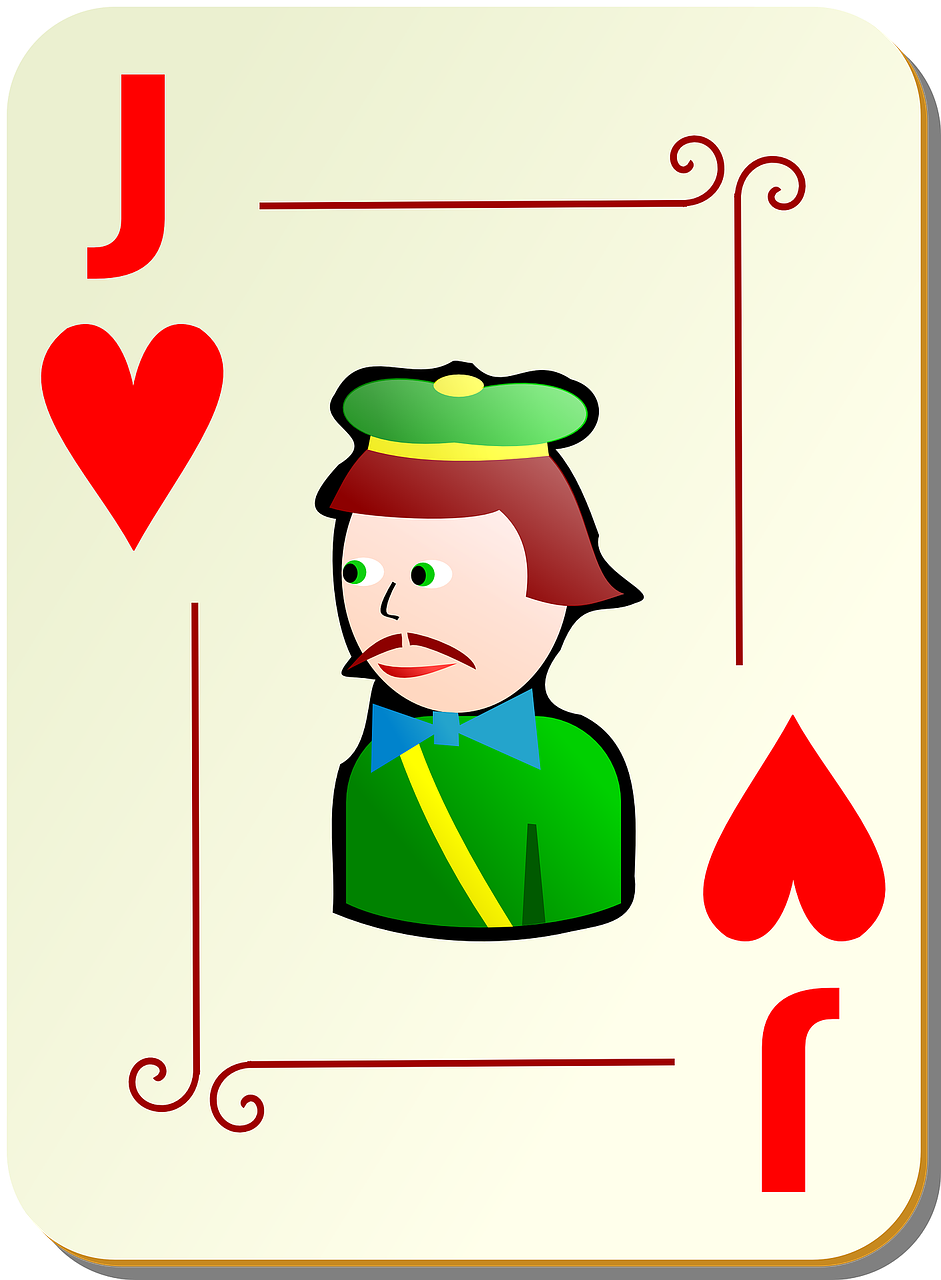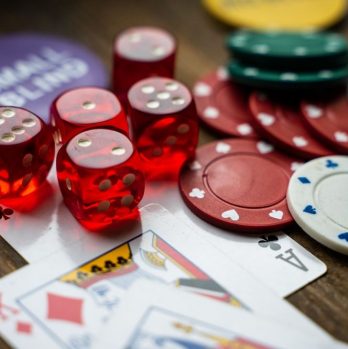Poker Cards: The Ultimate Guide for Casino Game Enthusiasts

Introduction: Poker Cards and their Significance in Casino Games
When it comes to casino games, few things are as iconic and universally recognized as poker cards. These small pieces of paper hold immense importance in the world of gambling and have become an integral part of casino culture. In this comprehensive guide, we will delve deep into the world of poker cards, exploring their history, their significance, and what players need to know about them. Whether you are a seasoned poker player or someone looking to explore the world of casino games, this article will provide you with all the information you need.
Section 1: Understanding Poker Cards and their Role in Casino Games

Poker cards, sometimes referred to as playing cards, are the standard deck of cards used in various casino games, including poker, blackjack, and baccarat. A standard deck typically consists of 52 cards, divided into four suits: hearts, diamonds, clubs, and spades, each representing a different value. These cards are further categorized into four ranks – Ace, King, Queen, and Jack – and the numbered cards from two to ten.
Variations of poker cards are also used in different parts of the world. For example, Tarot cards are popular in Europe and are often used in fortune-telling and card games. However, for the purpose of this article, we will focus on the standard deck of poker cards commonly used in casino games.
Poker cards are crucial in casino games as they determine the players’ actions and outcomes. The cards are shuffled, and each player is dealt a certain number of cards, depending on the game. The ranking and combinations of these cards ultimately decide the winner and the stakes involved. Hence, having a good understanding of poker cards and their values is crucial for anyone interested in casino games.
Section 2: A Brief History of Poker Cards
The history of poker cards can be traced back to ancient China, where it is believed that playing cards originated during the Tang Dynasty (618-907 AD). These early cards were primarily used for fortune-telling purposes and featured different suits and symbols.
Over time, playing cards made their way to the Middle East and eventually spread across Europe during the 14th century. It was in Europe that the standard 52-card deck we know today began to take shape, with suits such as hearts, diamonds, clubs, and spades being introduced. The French played a significant role in refining the design of poker cards, and their influence can still be seen in modern decks.
During the 15th century, playing cards gained popularity among the nobility and the upper class, becoming a symbol of wealth and status. As the popularity of card games grew, so did the demand for quality cards, leading to the production of finely crafted decks.
In the 19th century, playing cards made their way to America, where they became an integral part of the Wild West and saloon culture. Poker, one of the most popular card games, evolved during this time, and the standard deck of 52 cards became synonymous with the game.
Section 3: Factors to Consider When Choosing Poker Cards
When it comes to choosing poker cards for your casino games, several factors should be taken into account:
1. Card Material: The material of the cards plays a crucial role in their longevity and overall playing experience. Most high-quality poker cards are made from 100% plastic or a combination of plastic and paper. Plastic cards are more durable and resistant to wear and tear, making them ideal for frequent use.
2. Card Finis The finish of the cards affects their handling and ease of shuffling. Two popular finishes are the smooth finish and the linen finish. The smooth finish allows for easier shuffling, while the linen finish provides better grip and prevents cards from sticking together.
3. Card Size: Poker cards come in different sizes, including bridge size and poker size. Bridge size cards are slightly narrower, while poker size cards are wider. The choice of size depends on personal preference and the game being played.
4. Design and Brand: While not essential to the gameplay, the design and brand of the cards can add to the overall experience. Many players prefer custom-designed decks with unique artwork or themed decks that reflect their personal style or interests.
Section 4: Conclusion and Video Insertion
In conclusion, poker cards are an integral part of the casino gaming world, shaping the outcomes and experiences of players for centuries. Understanding the value and significance of each card is essential for those who aspire to excel in poker and other card games. By considering the factors mentioned above when choosing poker cards, players can enhance their overall gaming experience.
Whether you are a professional player or simply enjoy the thrill of casino games, poker cards will continue to play a crucial role in shaping your gaming experience. So, the next time you sit down at a poker table, take a moment to appreciate the history and significance of these small yet powerful pieces of paper.











